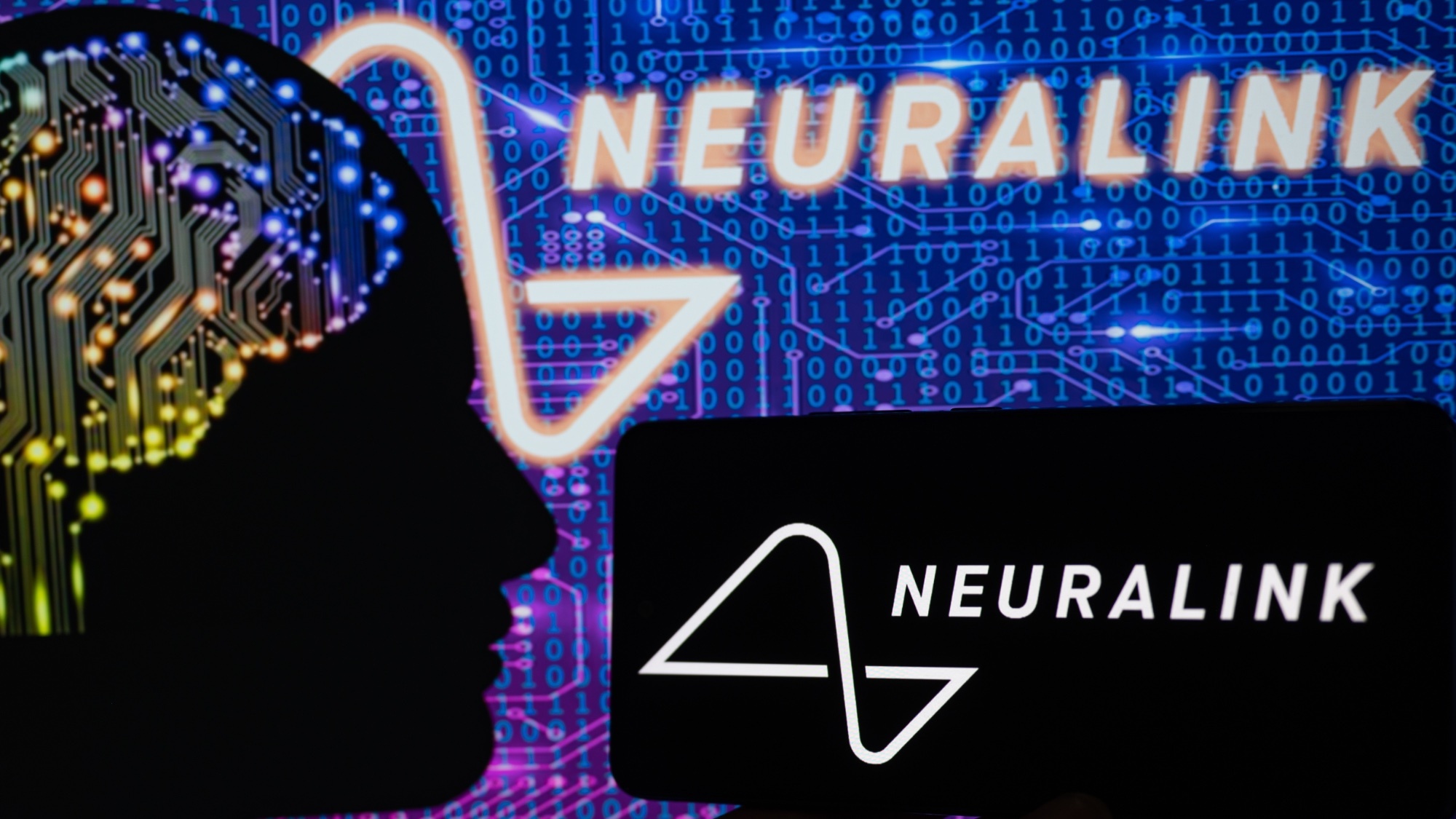
Sam Altman, the CEO of OpenAI, doesn’t seem content to be just the man behind ChatGPT. Since then, he and his team have made or pitched everything from wearable devices to AI video generators and web browsers. But the latest pitch from the tech giant is certainly a bit weirder.
According to The Verge’s Alex Heath in his Sources newsletter, Altman and his team are looking into building a brain interface. These are essentially what they say on the tin — devices aimed at using the brain as an interface to power them.
The report from Heath claims that Altman plans to work with Mikhail Shapiro, a well-known biomolecular engineer. Shapiro will be joining Altman’s brain-computer interface startup, Merge Labs.
Currently, not much is known about this new project. However, with the inclusion of Shapiro, this could well involve a device that links a human to a device using non-invasive sound waves.
Shapiro has previously worked on sound waves and magnetic fields. While this wouldn’t be the first company to make a brain-computer interface, the use of this approach could make OpenAI's approach more attractive.
Other approaches

The best-known company to approach this problem so far is Neuralink. The Elon Musk-fronted company has made headlines over the years, both good and bad.
Neuralink works by implanting a small, coin-sized chip with ultra-thin threads into the skull. It detects electrical signals from neurons and transmits them via Bluetooth to an external device.
In one now-famous example of the product, a patient, Noland Arbaugh, was able to play chess using signals from his brain. Paralyzed after a freak accident, this was the first time he had been able to play chess in eight years.
However, Neuralink has equally drawn headlines for the death of a monkey in its clinical trials. To the extent that the US Securities and Exchange Commission was urged to investigate allegations that misleading claims were made to investors over the safety of the product.
For Neuralink to work, any user would need to undergo open-skull surgery to have electrodes implanted in the brain. That obviously poses significant risks.
While implants don’t need to be placed directly on the brain, doing this massively increases the effectiveness. Devices placed on the head aren’t able to read the signals as accurately.
If Altman and his team can create an external, non-invasive device that is also effective as a controller, they could well dominate a market that has been stuck for a long time.
Not to mention that the OpenAI team is currently working on a set of wearable devices, which could well be linked to this development.
Follow Tom's Guide on Google News and add us as a preferred source to get our up-to-date news, analysis, and reviews in your feeds. Make sure to click the Follow button!







